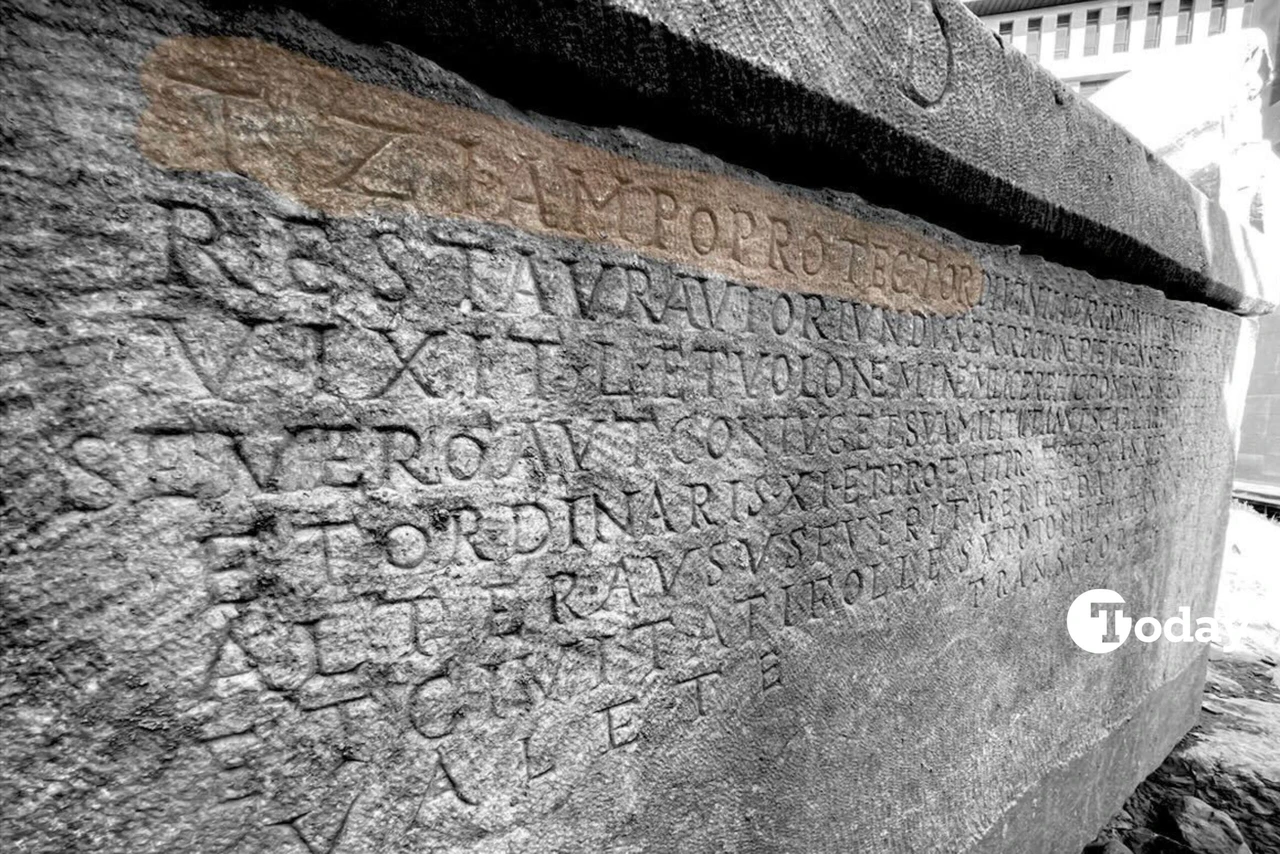5,200-year-old houses, artifacts unearthed in Türkiye’s Kulluoba reveal ancient rituals
 A glimpse of 5,200-year-old Bronze Age structures, carefully buried and preserved, revealing ancient rituals and secrets from Türkiye's rich history at Kulluoba Hoyuk, Eskisehir, Türkiye, September 1, 2024 (AA Photo)
A glimpse of 5,200-year-old Bronze Age structures, carefully buried and preserved, revealing ancient rituals and secrets from Türkiye's rich history at Kulluoba Hoyuk, Eskisehir, Türkiye, September 1, 2024 (AA Photo)
In the heart of Eskisehir’s Seyitgazi district lies Kulluoba Hoyuk, a Bronze Age settlement under excavation since 1996.
This year, a discovery has sent ripples through the archaeological community – entire houses from 5,200 years ago, along with hearths, ash pits and silos, have been found buried and sealed, suggesting a fascinating and long-lost ritual practice.
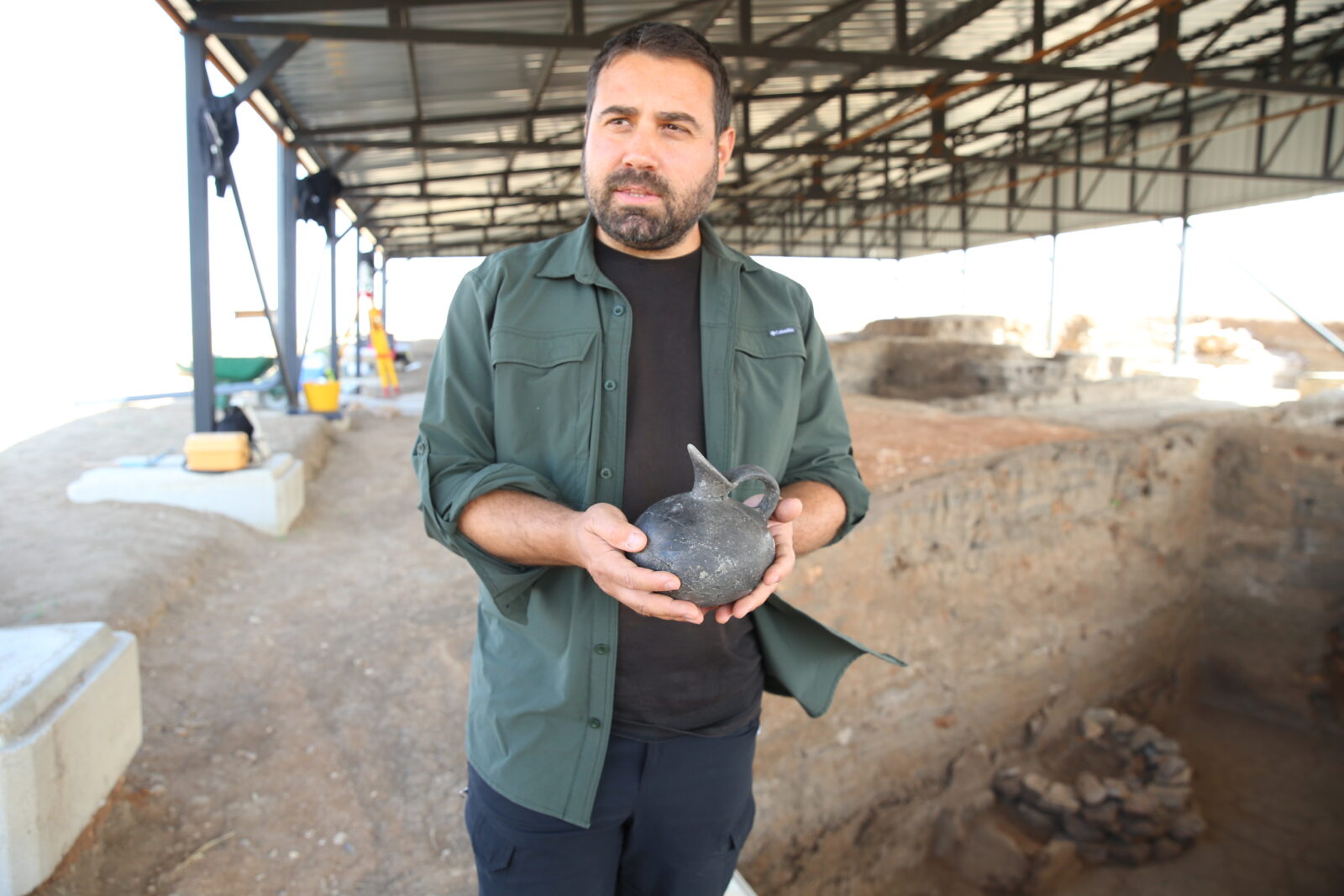
Archaeologists, led by professor Murat Turkteki from Bilecik Seyh Edebali University, have unearthed these ancient structures and determined that the buildings were carefully emptied, cleaned, and filled with red, sterile soil, known as caliche.
Even delicate items like mudbrick silos were preserved intact beneath the earth. But why were these structures deliberately hidden from view?
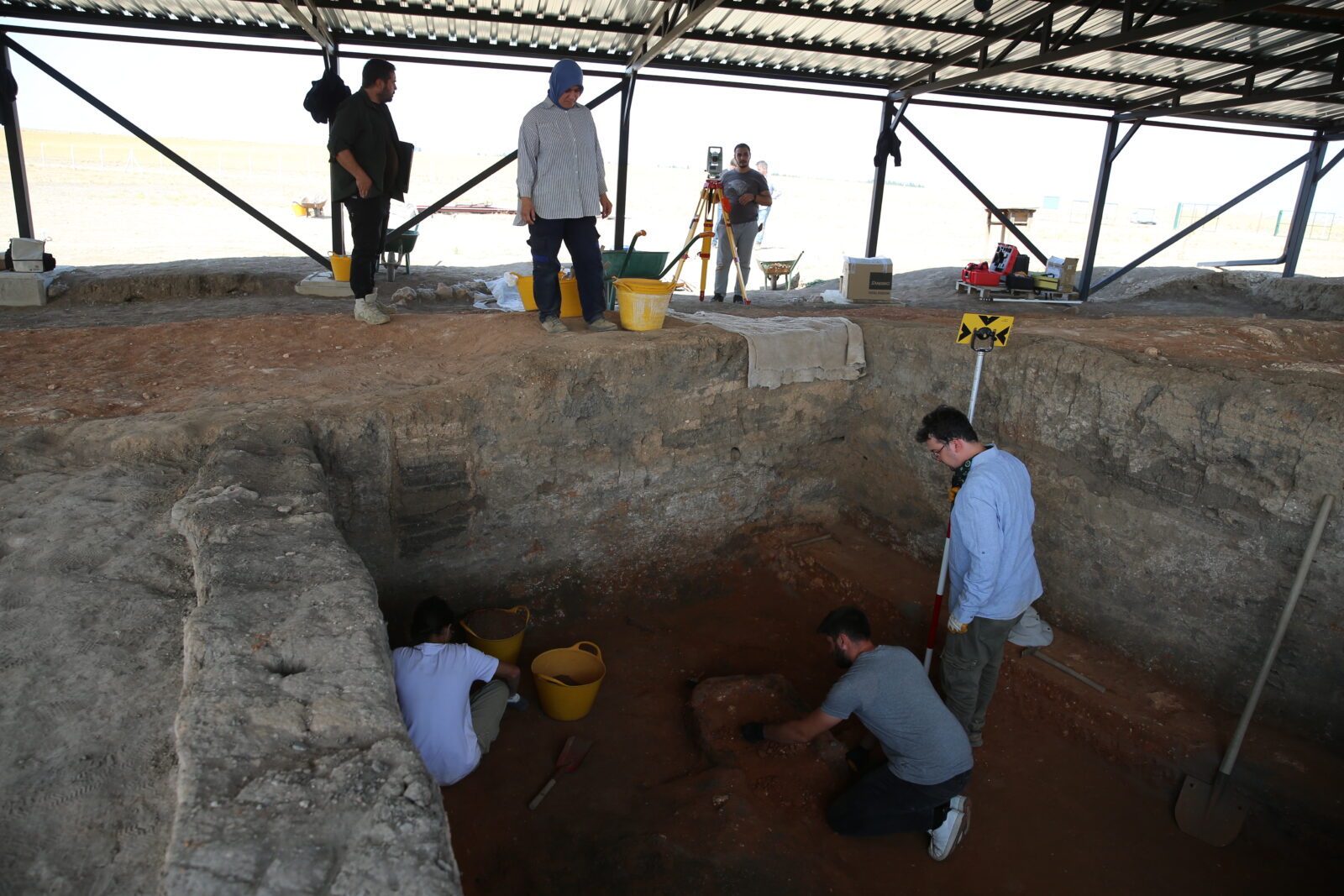
Rituals from the past: Sacrifice and sealing
Turkteki and his team discovered more than just buried houses. Evidence of sacrificial rituals emerged, with the remains of sheep and goats placed between stone-filled doorways and windows.
In one structure, a single shiny black beak-spouted jug was found deliberately smashed – possibly as part of a ritualistic offering.
“This is a significant find for Bronze Age archaeology,” says Turkteki. “We knew of similar practices in the Neolithic period in Southeastern and Central Anatolia, but this is the first evidence of such rituals occurring in the Bronze Age, especially in Western Anatolia.”
The findings suggest that the burial of these structures was not merely for preservation. There may have been a deeper, perhaps sacred, purpose behind these actions.
Yet, the exact reason remains a mystery.

Enigma of purpose: A threat or tradition?
While the burial of special structures in Southeastern Anatolia’s Neolithic era is well-documented, the 7,000-year gap between those traditions and the Bronze Age practices found in Kulluoba poses intriguing questions.
What drove the inhabitants of this region to perform such elaborate rituals? Was it a response to a threat – geographical, climatic, or otherwise? Or was it a continuation of an ancient social memory, passed down through millennia?
Turkteki emphasized that this question remains unanswered, but the scale of the work involved – 36 cubic meters of earth were used to fill just one structure – indicates a significant communal effort.
“This wasn’t a small task,” he noted. “There was organization, a collective effort, and possibly a ritualistic reason behind it. But what that reason was, we can only speculate for now.”
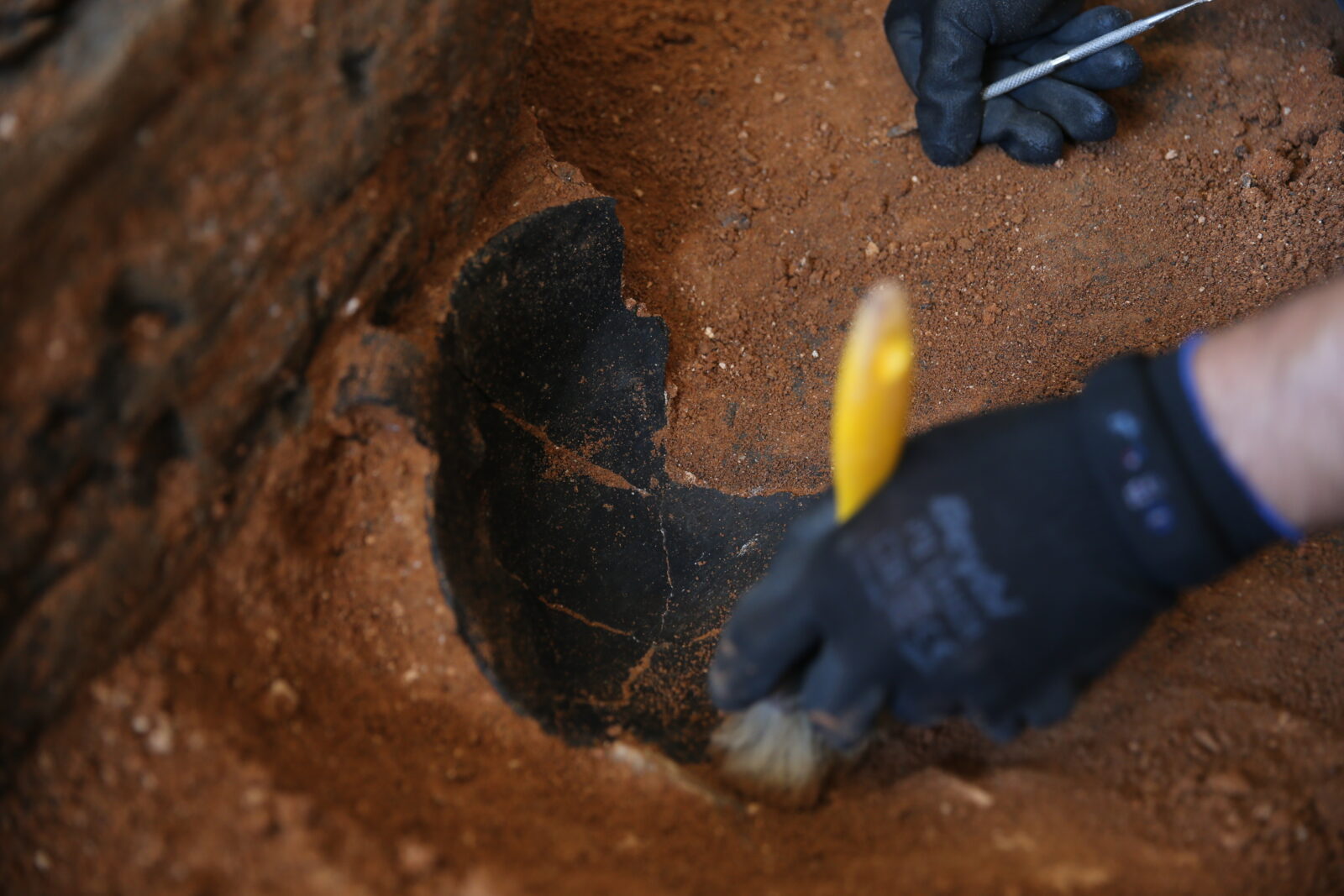
The circular city: Kulluoba’s hidden legacy
As the excavation continues, the team has identified eight buried structures arranged in a circular pattern. These rectangular buildings, positioned both vertically and horizontally, suggest a settlement with a diameter of at least 100 meters.
This early Bronze Age settlement, dating back to 3,300-3,000 B.C., is thought to be one of the earliest examples of settled life in the Eskisehir region.
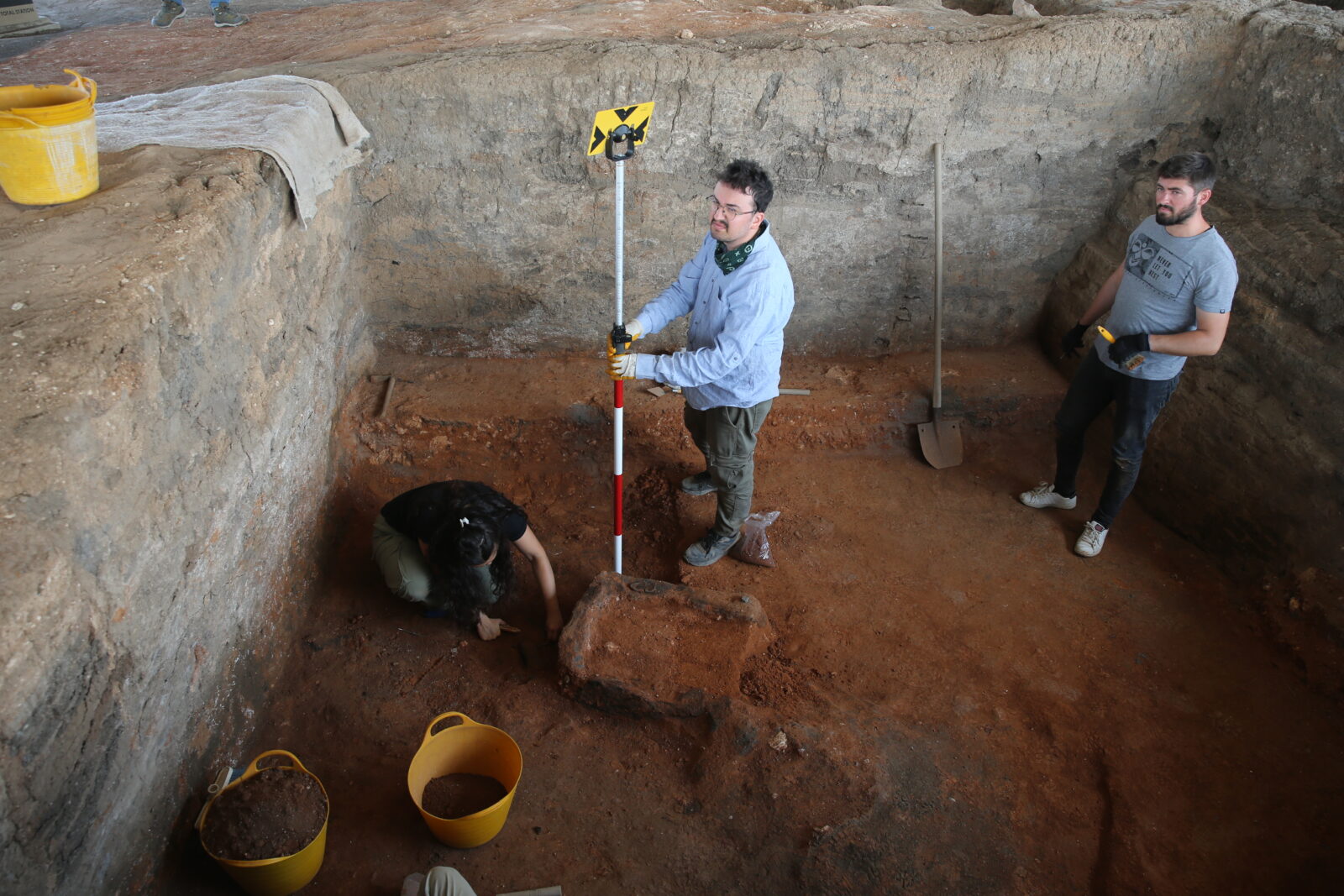
This period marks a significant moment in Anatolia’s history, as the first permanent settlements began to emerge in the plains.
“The climate was favorable for agriculture, and this led to a rapid increase in population and settlement in the area,” Turkteki explained.
The discoveries at Kulluoba offer a unique glimpse into a time when the seeds of modern civilization were being sown. As the team continues to uncover the secrets of this ancient site, one thing is certain – Kulluoba has more stories to tell.


